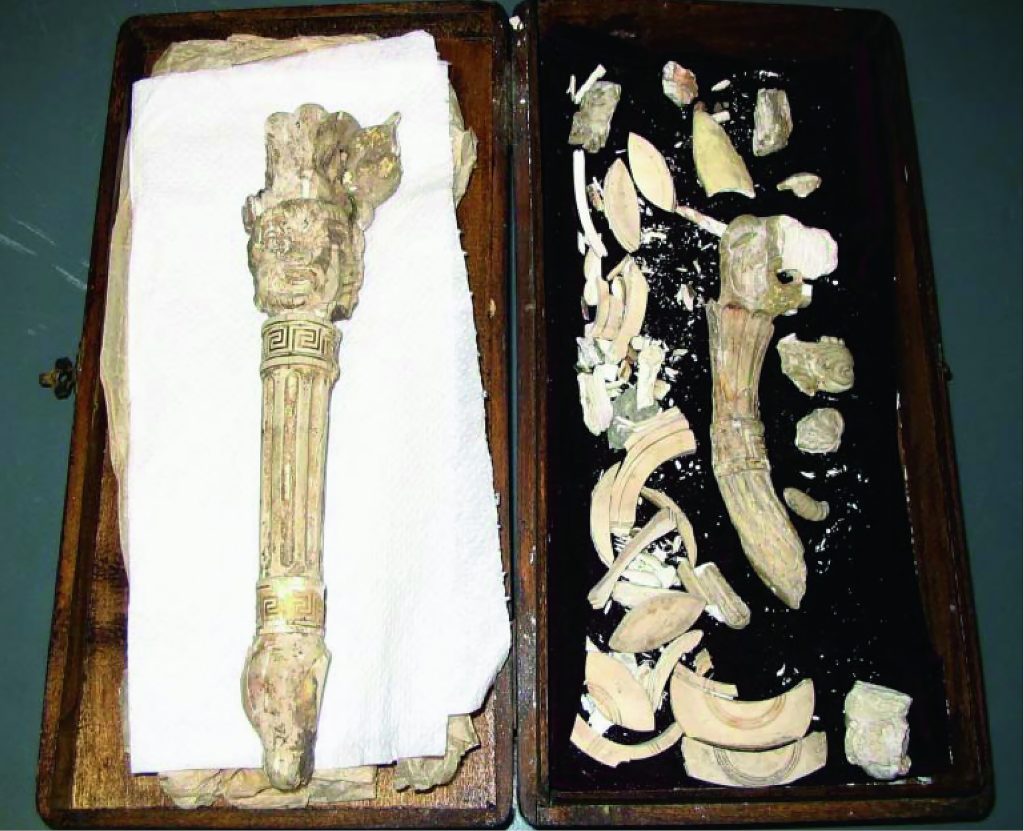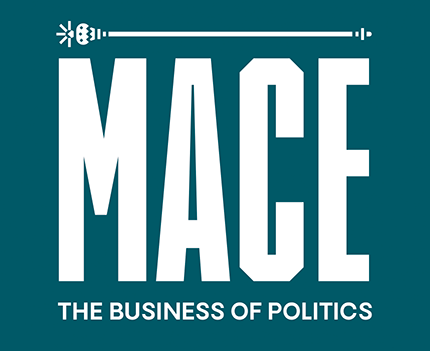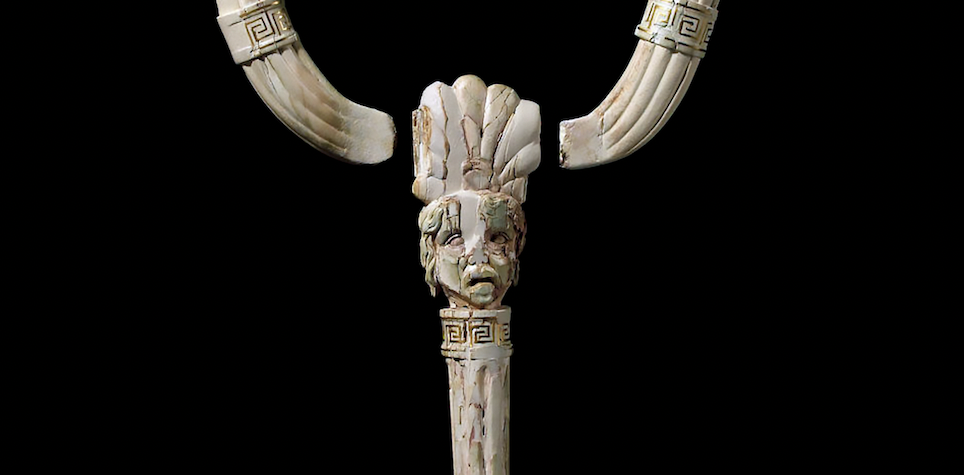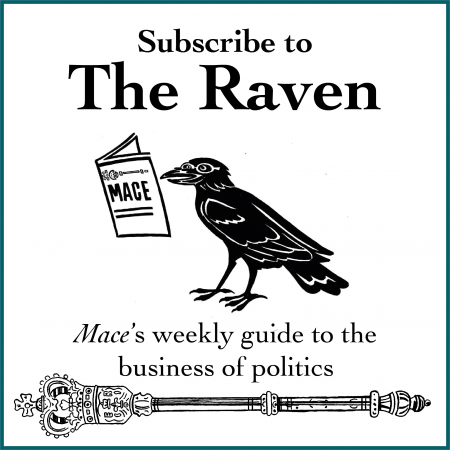In recent years, the international art market has been the subject of much debate and many unflattering headlines.
While claims of misregulation and unscrupulous activity provide great copy for the media, these unfavourable stories are unjustified. Let’s face it, if you look hard enough at any industry or institution you will find bad actors, and the more you look the more you will find.
So why is the art market under such scrutiny? Overwhelmingly, the data and evidence used to support accusations of theft, trafficking and associated crimes are poorly researched. They are then repeated in multiple publications – often at the behest of the most influential institutions on which the people and politicians of the European Union rely.
What is seldom, if ever, noted is that the art market is a leading and positive part of the European Union’s cultural heritage, as well as being a vital contributor to its economies and jobs.
Despite this, the propaganda against the market continues to grow, accompanied by increasing pressure to restrict its activities. Proposal after proposal fails to take account of the realities of an international trade. In truth, these proposals are seriously risking the livelihoods of ordinary dealers, auction house specialists and other associated businesses.
The inside take
Not every musician is Ed Sheeran or Adele. Most busk on street corners, play in bars or work two jobs. Not every actor has George Clooney’s or Angelina Jolie’s millions. Many play minor roles in provincial theatre while also waiting tables..
The art market is the same. For every Christie’s, Sotheby’s and Bonhams, there are hundreds of small town auction houses that work hard to attract bidders; and for every David Zwirner or Thaddeus Ropac, thousands of dealers struggle to break even at the end of the year.
Despite this, a widespread prejudice flourishes that condemns the art market as a shady elite, ungoverned by law and indulging in opaque and dishonest practices. The result is a long-standing, unjustified and damaging campaign to bring it to heel.
As Sakia Hufnagel and Colin King of The Society of Legal Scholars, conclude in their paper, Anti-money laundering regulation and the art market: “While it is commonly believed that the art market is a legal void, the reality is that it is significantly regulated.” Trade associations enforce stringent codes of conduct, covering areas such as due diligence, and encourage best practice – both instill confidence in clients.
The art market is vital to economies across Europe and the world. A source of valuable taxes, it employs hundreds of thousands of people in the EU and millions globally; and it supports other industries, from logistics and transport companies to restorers and craftsmanship, tourism, the food and hotel industries, and technology companies.
Art sales also foster research, development of expertise, innovation in technology, scholarship and learning. The art market supports the heritage sector, including museums and universities. Donations of money and objects, professional advice and scholarly support all help these institutions develop understanding and knowledge of collections. It also supports law enforcement, wider compliance and policy development. Art market professionals sit on advisory committees working with governments and on bodies that assess cultural property for export and classification as national treasure. They also supply expertise to police and customs for the prevention and solving of crime.
Thanks to Sotheby’s, a lost member of the treasured Lewis Chessmen collection – carved pieces of walrus ivory dating back to 12th century Norway – was rediscovered. After selling in Edinburgh for £5 in 1964, it had been left in a drawer for 55 years. It went on to sell for £735,000 at Sotheby’s in London in July 2019.
Many major museums had their origins in private collections, from the Prado in Madrid to the Guggenheim Museums in New York and Bilbao, the British Museum in London and the Uffizi Gallery in Florence. The collectors who founded them were served by dealers, agents and specialists. Many collectors continue to share access to their collections with scholars, museums and the public, often publishing their collections at their own expense.
These collections have captured the imaginations of millions over the centuries, generating revenue for their national economies and feeding into intellectual and cultural enlightenment, inspiring artists, researchers, teachers and collectors.
The art market does not operate in a vacuum; it is part of a wider societal ecosystem that includes the public, business, industry, the arts and politics. It helps weave the cultural fabric that underpins civilised society and, as the pandemic has shown, this acts as a salve for mental and spiritual wellbeing. Attacking it damages the public interest, particularly within the EU, which, post-Brexit, is increasingly at a competitive disadvantage compared with larger markets in the US, UK and Greater China because of its more restrictive legal regime. And more restrictions are on the way.
It is true criminals occasionally harness art and objects for dishonest ends, but mostly they have nothing to do with the art market itself. It is known they use stolen artworks as collateral in criminal activities. Much of the time, however, lawmakers clamp down on the market in response rather than focusing on the law breakers. EU politicians have the skills and power to safeguard this valuable asset for member states and their communities – but they need to act now.

Rattle restoration
The discovery, restoration and sale of this Etruscan sistrum (left), a musical instrument like a rattle, which was originally from Italy and dates from the 6-4th centuries BC, shows how the ecosystem of public and private interest, involving museums and the art market, can work.
A member of the public took it to Bonhams in a fragmentary state in 2004, having realised it might be ancient after buying it in a house clearance sale. Bonhams then consulted the British Museum on its authenticity and discussed how best to conserve and restore it, which led to the museum allocating the time to carry out appropriate pre-acquisition due diligence and to raise the necessary funds before the sistrum appeared for sale in 2005.
Its acquisition enabled the British Museum to conduct a comparison project with another sistrum in its collection, as well as to further investigate its possible prior provenance, as well as what such scholarship might reveal about trading relationships between the Etruscans and other Mediterranean cultures.
The sistrum is shown in the condition that it was initially taken in to Bonhams (inset picture). The restored sistrum (main picture) is now in the British Museum collection.


